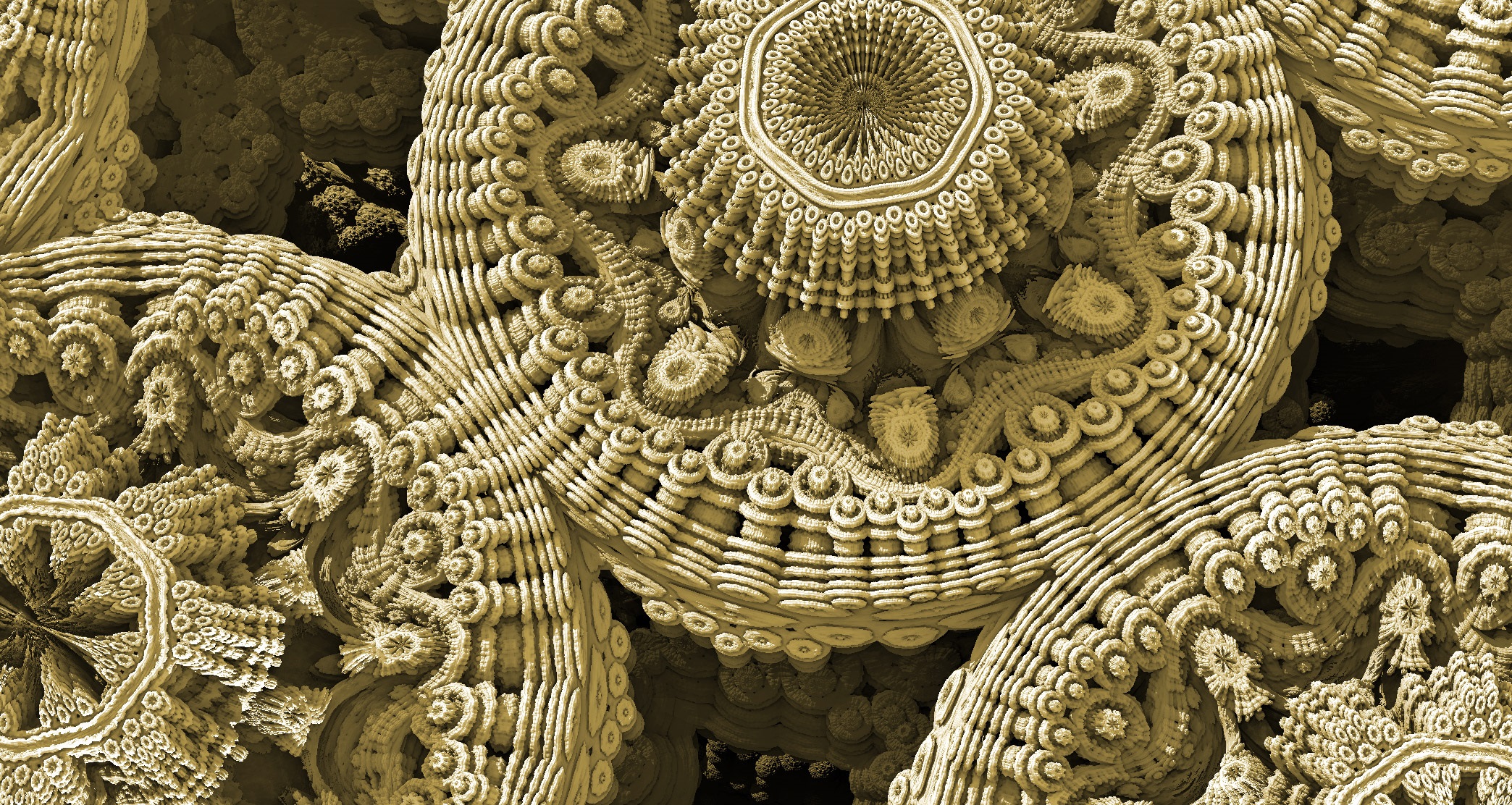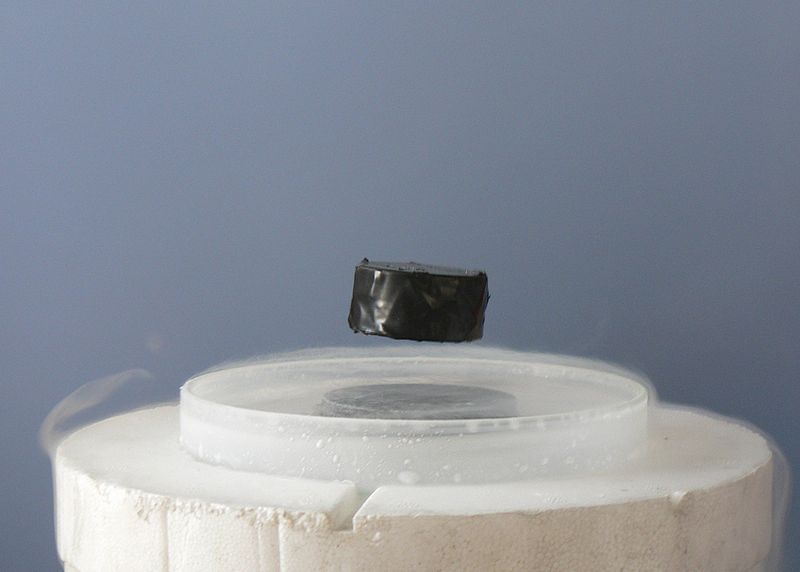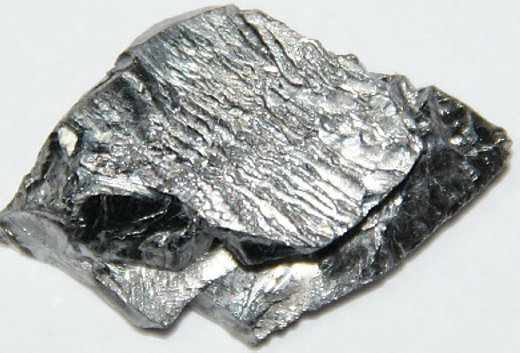Science & Tech
Physicists Create World’s First ‘Time Crystal’

Last year, scientists claimed they have added a “fourth dimension,” what they call “the movement of time,” to a crystal for the first time ever, enabling the matter to “act as a kind of perpetual time keeper.”
Physicists made the case that hypothetical structures, void of energy yet somehow with movement could exist. They call them “time crystals”: now time crystals have actually been created from chains of oscillating ytterbium ions.
Time crystals are (formerly hypothetical) structures that apparently have movement at their lowest state of energy, which is known as the ground state.
So physicists regularly take objects, such as magnets and crystals, and try to cool them to their ground state.
Strange things apparently happen to the objects when they are brought to the ground state, and certain materials “appear to violate a fundamental law in physics,” time translation symmetry: they have asymmetrical ground states.
A metaphor to describe this comes from Science Alert:
“Consider a magnet – each one has a north and a south end. It’s unclear how a magnet ‘decides’ which end will be north and which will be south, but the fact that it has a north and a south end means it won’t look the same on both ends – its naturally asymmetrical.
Another example of a physical object with an asymmetrical ground state is a crystal.
Crystals are known for their repeating structural patterns, but somehow they appear to be the same when viewed from certain directions, but not others. So like magnets, depending on where you observe a crystal in space, it will look different.
For something to have an asymmetrical ground state, it has to achieve this asymmetry while standing still – no energy involved.”
Theoretical physicist Frank Wilczek proposed that it may be possible to make an object enter an asymmetrical ground state not across space, as in crystals repeating their pattern, but.. as inconceivable as this sounds, across time. Isn’t space time incredibly difficult to comprehend?
Wilczek believes an object can achieve everlasting movement while in it’s ground state by occasionally switching between states of matter, repeatedly.
He proposed that an object like this could be made by placing regular crystals in a low temperature superconductor (because crystals align themselves at low temperatures).

Magnet levitating above a high-temperature superconductor (Wiki)
“[I]t seemed reasonable to assume that the atoms in such a crystal could conceivably move or rotate and then return to their natural state continually, as crystals are wont to do as they seek a lowest energy state,” Bob Yirka explained at Phys.org.
Now, a University of Maryland group tested the experiment, and they say it actually works.
“Of course, it would never be possible to extract energy from this motion – that would violate the conservation of energy,” according to Tech Review. “But the temporal symmetry-breaking would manifest itself in this repeating motion in time, just as spatial symmetry-breaking manifests itself as repeating patterns in space.”
This is where it gets even more complicated. Quantum particles tend to rapidly jump or “blink” in and out of specific positions in space, making them cease to be influenced by “time dependent variables.” Apparently time itself does not affect the motion of the particles the same way as other matter.
So, the University of Maryland team tried to create a consistent quantum system, influenced by time.
They say they achieved this by chaining a line of ytterbium ions together, a rare earth metal, “with spins that interact with each other,” suspending them in an out-of-equilibrium state.
This added consistency to the unpredictable quantum ions, forcing them to become “localized” in a specific space, and influenced by time.
The team changed the spin of specific ytterbium ions with a laser. By flipping one ion’s spin, it caused the next link in the chain to flip, each hitting the next like a domino effect until every ion was oscillating.
After one use of the laser to set the first ytterbium ion off, the oscillation was perpetual. Over time as the ions oscillated, researchers report they saw something odd.
According to Tech Review:
“These guys discovered that after allowing the system to evolve, the interactions occurred at a rate that was twice the original period. Since there is no driving force with that period, the only explanation is that the time symmetry must have been broken, thereby allowing these longer periods. In other words, [they] had created a time crystal.”
The ytterbium ions oscillated faster, seemingly creating energy of nowhere. The scientists call it a “time crystal,” but it may really reflect how little scientists know about the reality we live in.
Continuing from Science Alert:
“To be clear, we’re not talking about perpetual motion machines here, because by definition, there is no energy in these systems.
But it does demonstrate that time crystals can occur in a real, physical system, and the team says that they could help us solve the problem of quantum memory – that is, how to retain information in the future generation of quantum computers.”
Featured image credit: Wiki.
Typos, corrections and/or news tips? Email us at Contact@TheMindUnleashed.com

